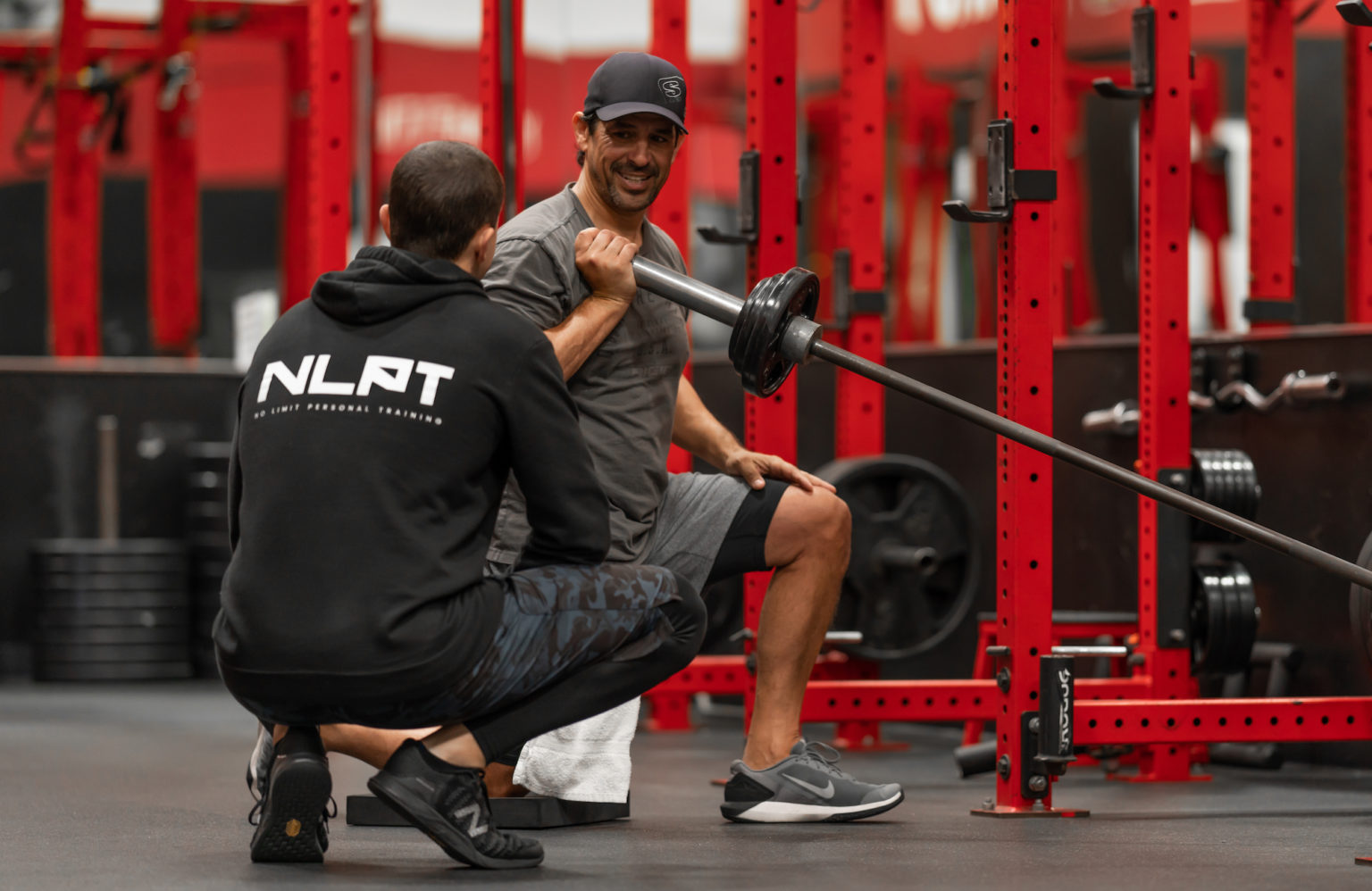Optimize Your Results: a Personal Trainers Role in Designing Effective Programs and Diverse Activities for Every Fitness Degree
a Personal trainer plays an important role in making the most of physical fitness results through customized program layout. By assessing individual objectives and limitations, trainers can produce reliable, tailored exercise strategies. They also incorporate a variety of workouts to keep involvement and interest. Tracking progression and readjusting regimens based upon responses are essential for success. Just how do these elements incorporate to foster real transformation? The answer depends on the in-depth approaches utilized by fitness instructors.
Recognizing Individual Objectives and Limitations
Just how can personal fitness instructors successfully customize programs to satisfy diverse client requirements? Understanding private objectives and constraints is important for personal fitness instructors intending to optimize their customers' physical fitness trips. Each client provides unique aspirations, whether it be fat burning, muscular tissue gain, or boosted sports performance. A detailed evaluation of a client's physical abilities, medical history, and way of living variables is vital.
Trainers must additionally consider emotional elements, such as inspiration levels and individual choices, which can substantially influence adherence to a fitness program. By engaging in open interaction, trainers can uncover specific objectives and determine potential barriers to progress.

Creating Customized Workout Plans
Creating tailored exercise strategies requires a detailed understanding of each client's one-of-a-kind profile, shaped by their private goals and limitations. Personal fitness instructors start this process by conducting comprehensive assessments, that include evaluating fitness degrees, clinical history, and personal preferences. This in-depth evaluation informs the layout of customized programs that line up with the customer's goals, whether they go for weight loss, muscular tissue gain, or boosted sports efficiency.
Trainers should also think about variables such as age, experience, and any type of pre-existing injuries, ensuring that the exercise strategies are both risk-free and effective. By including details exercises that target appropriate muscular tissue teams and energy systems, trainers can maximize outcomes. Furthermore, individual trainers frequently check progress and readjust plans as essential, cultivating flexibility to satisfy advancing demands. Eventually, the development of personalized exercise strategies is a collaborative initiative that empowers customers while optimizing their capacity for success in achieving health and fitness objectives.
Incorporating Range to Maintain Workouts Engaging
What techniques can personal fitness instructors use to ensure that exercises stay stimulating and enjoyable for their customers? One reliable method is incorporating a variety of exercises that target different muscle mass teams and physical fitness elements. By revolving between strength training, cardio workouts, and versatility exercises, fitness instructors can protect against uniformity. In addition, presenting new tools, such as resistance bands, kettlebells, or security rounds, can freshen routines and obstacle customers in unique ways.
Another technique is to integrate functional activities and sports-specific drills, which can raise involvement by lining up exercises with customers' passions - private gym. Outside workouts or group courses can likewise improve the experience, promoting a feeling of neighborhood and motivation. Personal instructors may consider setting themed exercise days or incorporating gamification aspects to more boost interest. By preserving a dynamic and varied workout program, trainers can help click here for more info customers remain devoted to their physical fitness trip, inevitably bring about improved results and contentment
Keeping Track Of Progress and Making Adjustments
Effective monitoring of progression and making essential changes are vital for individual trainers to assure their clients achieve their physical fitness goals. This procedure starts with establishing clear, measurable purposes customized to every customer's distinct needs. Normal analyses, such as health and fitness examinations and development tracking, allow fitness instructors to evaluate efficiency and determine locations calling for alteration.
Individual instructors must utilize numerous methods, such as performance metrics, body structure analysis, and client responses, to collect information. By examining this details, instructors can determine whether a client is on track or if adjustments are needed in workout intensity, regularity, or sort of exercises.
Furthermore, adaptability in program design allows instructors to react to customers' physical and emotional states effectively. As clients progress, their objectives might develop, demanding continuous adjustments to guarantee continued renovation and engagement. Inevitably, regular surveillance and prompt adjustments are vital for continual success in any kind of physical fitness trip.
Building Inspiration and Accountability for Success
Preserving motivation and liability is vital for customers striving to reach their health and fitness objectives. Individual instructors play a crucial duty in cultivating these elements. By establishing clear, possible goals, instructors assist customers visualize their success, making the journey much less challenging. Regular check-ins and development assessments permit trainers to celebrate turning points, strengthening positive habits and maintaining inspiration.
Furthermore, instructors can implement accountability methods, such as exercise logs or group sessions, creating a supportive area setting. This urges customers to stay committed and involved. By motivating self-reflection and setting individual obstacles, fitness instructors promote inherent inspiration, empowering customers to take possession of their physical fitness journeys.
Developing an environment of trust and encouragement better improves motivation, as customers feel supported in their battles. Ultimately, a Personal instructor's capability to build inspiration and liability is essential for making certain customers not only achieve their health and fitness goals but additionally preserve long-term healthy and balanced practices.
Regularly Asked Concerns
What Certifications Should I Look for in a Personal Fitness instructor?

Just How Can I Locate a Personal Instructor in My Location?
To locate a Personal trainer in the area, one can search online directories, ask for suggestions from this content good friends or regional fitness centers, and check social media platforms for client reviews and instructor accounts.
What Is the Ordinary Expense of Personal Training Sessions?
The average price of personal training sessions typically varies from $40 to $100 per hour, depending upon factors such as the instructor's session, location, and experience period, with package deals usually offered for decreased prices. (gym near me)
How Usually Should I Consult With a Personal Trainer?
Consulting with a Personal instructor normally varies from once to 3 times login the gym each week, depending on private goals, health and fitness levels, and schedules. Consistent sessions can enhance inspiration, liability, and overall progression towards attaining fitness goals.
Can Personal Trainers Aid With Nutrition Guidance also?

Exactly how can individual trainers properly tailor programs to satisfy varied client requirements? Understanding specific objectives and restrictions is vital for personal instructors aiming to enhance their customers' fitness journeys. Individual trainers start this process by performing in-depth assessments, which consist of evaluating physical health and fitness levels, medical background, and personal choices. What strategies can personal fitness instructors employ to ensure that exercises stay stimulating and satisfying for their clients? Efficient surveillance of progress and making needed changes are important for individual instructors to guarantee their clients attain their fitness goals.